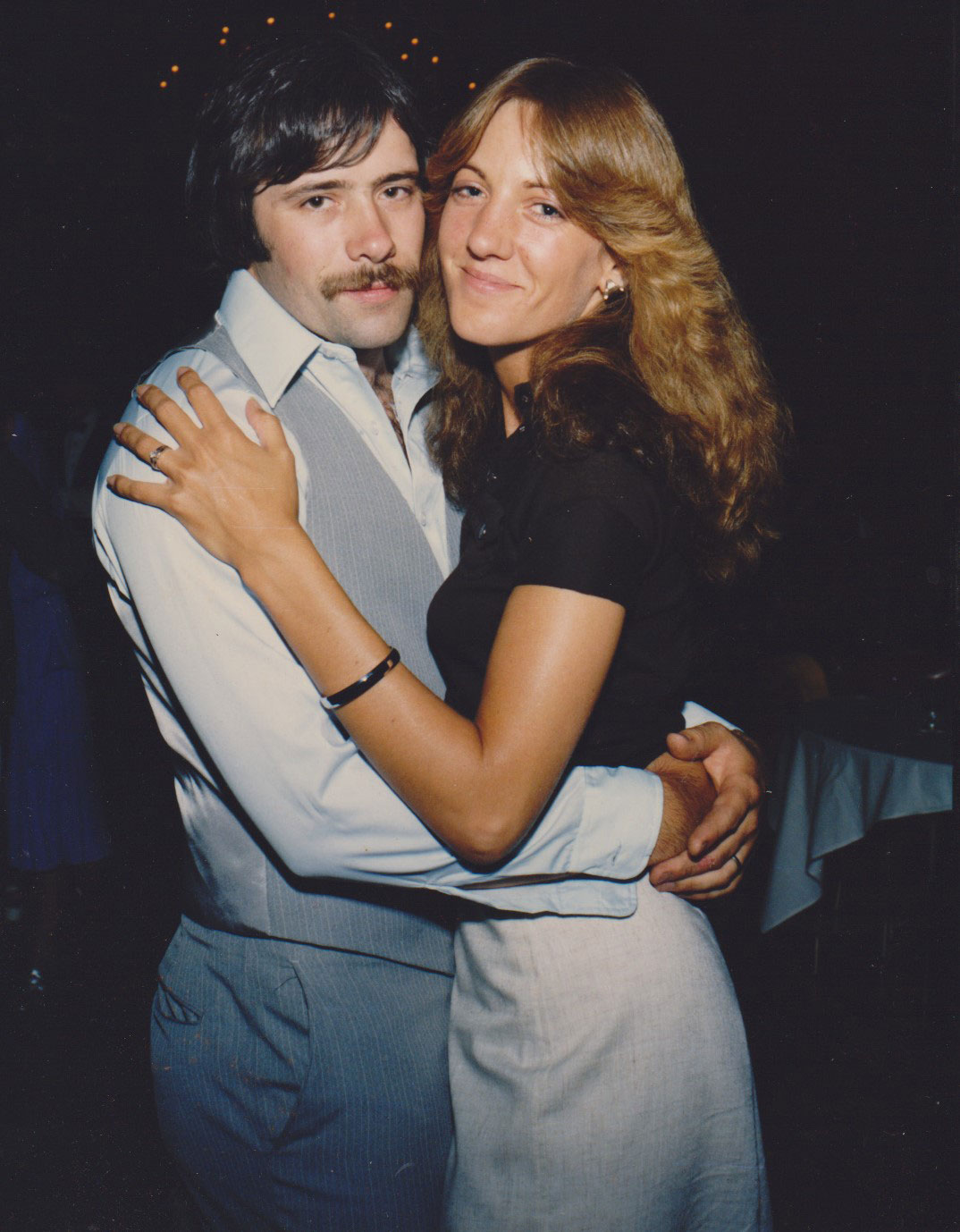-
- Find Care
-
- Visitor Information
- Find a Location
- Shuttles
- Visitor Policies
-
-
- Our Virtual Care Options
- Virtual Urgent Care
- Virtual Visits for Primary & Specialty Care
- Online Second Opinions
- Participate in Research
-
- Contact us
-
- For Innovators
- Commercialization Guide for Innovators
-
-
- Research News
- Alzheimer's Disease
- Artificial Intelligence
-
- Overview
-
- Overview
- Getting Started
- New to Mass General Brigham
- International Patient Services
- What Is Patient Gateway?
- Planning Your Visit
- Find a Doctor (opens link in new tab)
- Appointments
- Patient Resources
- Health & Wellness
- Flu, COVID-19, & RSV
- Billing & Insurance
- Financial Assistance
- Medicare and MassHealth ACOs
- Participate in Research
- Educational Resources
- Visitor Information
- Find a Location
- Shuttles
- Visitor Policies
- Find Care
-
- Overview
- Our Virtual Care Options
- Virtual Urgent Care
- Virtual Visits for Primary & Specialty Care
- Online Second Opinions
-
- Overview
- Participate in Research
-
- Overview
- About Innovation
- About
- Team
- News
- For Industry
- Venture Capital and Investments
- World Medical Innovation Forum (opens link in new tab)
- Featured Licensing Opportunities
- For Innovators
- Commercialization Guide for Innovators
- Contact us
-
- Overview
- Information for Researchers
- Compliance Office
- Research Cores
- Clinical Trials
- Advisory Services
- Featured Research
- Two Centuries of Breakthroughs
- Advances in Motion (opens link in new tab)
- Brigham on a Mission (opens link in new tab)
- Gene and Cell Therapy Institute
- Research News
- Alzheimer's Disease
- Artificial Intelligence
-
- Overview
-
- Overview
- Residency & fellowship programs
- Brigham and Women's Hospital
- Massachusetts General Hospital
- Mass Eye and Ear
- Newton-Wellesley Hospital
- Salem Hospital
- Integrated Mass General Brigham Programs
- Centers of Expertise
- Global & Community Health
- Health Policy & Management
- Healthcare Quality & Patient Safey
- Medical Education
- For trainees
- Prospective trainees
- Incoming trainees
- Current trainees
- Continuing Professional Development
From Collapse to Comeback: Bill's Recovery From Cardiac Arrest
 William Bernard and his wife, Linda, on the beach.
William Bernard and his wife, Linda, on the beach.
Bill Bernard is no stranger to life with heart disease. After suffering a heart attack in 2004, he managed chronic conditions like bradycardia and atrial fibrillation (AFib) for nearly 20 years.
In 2023, a critical moment reshaped his focus on heart health: While vacationing in Florida, he collapsed due to cardiac arrest, flatlining for 18 minutes until revived by seven defibrillator shocks.
"My time has come several times over the years; I've come so close to dying," he said. "I'm not sure why I'm still here, but I'm glad I am. I thank God every day for this."
A heart attack, the start of a two-decade heart journey
Learn more about or contact Mass General Brigham Heart and Vascular services
Diagnosed with a leaky mitral valve
The surgery was a success, but doctors had other concerns about Bill's heart. The heart attack had weakened the bottom part of his heart, which affects how well the mitral valve controls blood flow.
"At this point, his heart muscle could squeeze well in the front but not as well in the bottom," said Dale Adler, MD, a cardiovascular doctor at Mass General Brigham who later became Bill's primary heart doctor. "He also had a leaky mitral valve and a blockage in the artery that supplies blood to the front of the heart."
To set Bill up for long-term success, his surgeons performed a special type of heart surgery. They created a bypass using a left internal mammary artery to improve blood flow to the heart's front artery (LIMA-LAD). This bypass can last a long time, especially if it works well in the first six months. Then they placed a "ring" around the mitral valve to stop it from leaking.
Having a heart attack was a wake-up call for Bill. "I used to feel like I was invincible, like I didn't need any intervention from anyone. I was wrong," he said. "The heart attack took away my invincibility in an instant."
Ongoing monitoring of bradycardia and AFib
In 2008, his Brigham and Women's Hospital surgeon recommended that Bill start seeing Dr. Adler. "He's the most caring doctor I've ever had," Bill said. "The amount of interest he has shown in me as a human being is amazing."
Bill needed long-term monitoring for several conditions, including bradycardia (slow heart rate). When asked what bradycardia feels like, he recalls "having a lot of heart palpitations on and off. Some days are better than others."
The best treatment for bradycardia depends on its severity and the patient's circumstances. In some cases, ongoing fitness and exercise are all that's needed. Some patients may need a pacemaker to restore a normal heart rate.
Bill also has AFib. "In terms of AFib symptoms, I remember having a fluttering heartbeat and shortness of breath," he said.
AFib treatment options include medications to manage the heart rhythm and reduce stroke risk. Another option is ablation, a procedure that targets the areas in the top left chamber of the heart, where the abnormal impulses come from. A third option is pulmonary vein isolation (PVI), which creates scar tissue around the pulmonary veins to block abnormal electrical signals and maintain a healthy heart rhythm.
Dr. Adler concentrated on managing bradycardia and treating AFib while also keeping a close eye on Bill's deteriorating mitral valve. He mentioned that further intervention, such as PVI, might be necessary if Bill's symptoms significantly worsened.
But in 2023, Bill faced a new health crisis: cardiac arrest.
Doctors at a local Florida hospital put him on cardiopulmonary bypass, or extracorporeal membrane oxygenation (ECMO), which took over the work of his heart while they repaired the old stents.
Once he was strong enough to withstand the travel, Bill and Linda flew back to Boston.
Restoring the heart to full health
As Bill recovered, Dr. Adler emphasized that the primary focus was preventing another cardiac arrest episode. To achieve this, cardiac electrophysiologist Bruce Andrew Koplan, MD, placed an ICD to monitor heart rhythm and restore normal rhythm when needed.
Next, Dr. Koplan performed PVI to address Bill's AFib. (Since PVI is associated with a 1% risk of stroke, Bill's care team chose to delay the procedure until his AFib-related symptoms considerably worsened.)
Following this, Dr. Adler tackled Bill's mitral valve, which had weakened to the point of requiring intervention. Pinak Bipin Shah, MD, an interventional cardiologist, performed a transcatheter mitral valve repair (TMVR). In this minimally invasive procedure, a catheter (thin, hollow tube) is inserted through a blood vessel to replace the mitral valve.
"TMVR recovery is quite remarkable," Dr. Adler said. "The patient goes home the next day, and the heart is no longer pumping blood backwards into the lungs. In Bill's case, he noticed a difference in his breathing right away. Climbing a set of stairs no longer left him short of breath."
Lifestyle changes to promote continued heart health
As part of his recovery, Bill has embraced positive lifestyle changes. He's diligent about exercising and maintaining a healthy diet. Now he eats less red meat and more salad, fruit, chicken and fish.
"I'm back to a normal life, as far as I can tell," he said. "Life is good again—let's put it that way."
Bill is quick to credit much of his recovery to Dr. Adler and his team at Mass General Brigham. Dr. Adler, in turn, admires Bill's dedication to fitness, dietary discipline and positive mindset, all of which have contributed to his successful recovery.
"We recently put him on a treadmill to assess him," Dr. Adler said. "He did pretty much as well as someone who hasn't experienced all of the health issues that he has."
When speaking to others dealing with chronic health issues, Bill advises placing trust in qualified medical professionals. He also stresses the significance of listening to your body's signals. Ignoring signs like fatigue or arm tingling can be risky, so reporting them promptly to your doctor can lead to timely intervention and care.
Lastly, Bill advocates for finding a good medical home, much like he has with Mass General Brigham.
"I really have to give thanks to Mass General Brigham," he said. "The doctors, nurses and everyone else who works there are so caring. It has always put my mind at ease. They take such good care of you."

